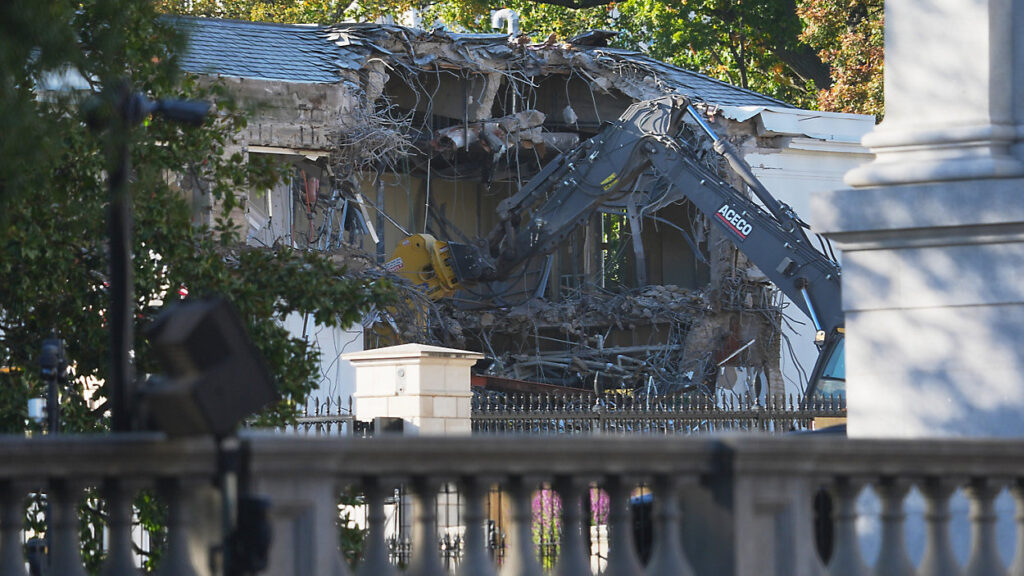The National Trust for Historic Preservation has formally requested that the Trump administration pause the demolition of the White House East Wing. The group cited concerns over potential damage to the historic structure while plans for a new ballroom are reviewed.
Officials from the preservation group stressed the East Wing’s architectural and historical significance. “This building has served as an important part of the White House complex for decades,” a spokesperson said. “Any demolition should be carefully evaluated to ensure the legacy is preserved.”
The administration had planned to remove parts of the East Wing to make way for a modern ballroom. While officials say the project will enhance the functionality of the White House for official events, preservationists argue that thorough review and planning are needed to maintain historical integrity.
The National Trust’s request seeks a temporary halt until independent experts can assess potential impacts. They emphasize that even minor alterations could affect structural elements and historic materials.
“This is about preserving history while allowing thoughtful modernization,” the group stated. “We support improvements, but they should not come at the cost of destroying irreplaceable features.”
The East Wing has hosted countless official meetings, press briefings, and ceremonial events. Its significance extends beyond architecture, serving as a symbol of continuity and American heritage.
Preservationists point to examples from other historic sites where rushed renovations caused irreversible changes. They advocate for careful planning, public consultation, and detailed review to ensure that modernization projects respect historic character.
White House officials have acknowledged the concerns and noted that safety, structural integrity, and historical value are all factors under consideration. A spokesperson said the administration is reviewing the request but did not provide a timeline for a decision.
Architects and historians have also weighed in, suggesting that modernizing historic buildings requires balancing functional needs with preservation. Thoughtful design can integrate new features while maintaining the building’s character.
The proposed ballroom is intended to host state dinners, receptions, and other large events. Supporters of the project argue it will enhance the White House’s capabilities, while preservationists remain concerned about potential long-term impacts.
Public interest in the project has grown as social media and news outlets highlight debates over historic preservation versus modernization. The National Trust hopes that its request will spark a broader conversation about maintaining historical sites while accommodating evolving needs.
Legal experts note that while the White House is not subject to the same preservation laws as other historic buildings, advisory groups and public opinion often influence decisions on changes to the property.
The National Trust for Historic Preservation continues to monitor the project and advocate for careful planning. They stress that delaying demolition for proper review is a responsible approach to safeguard history while considering modernization.
By requesting a pause, preservationists aim to ensure that any changes to the East Wing respect its architectural integrity and historical significance, balancing tradition with the demands of contemporary use.


